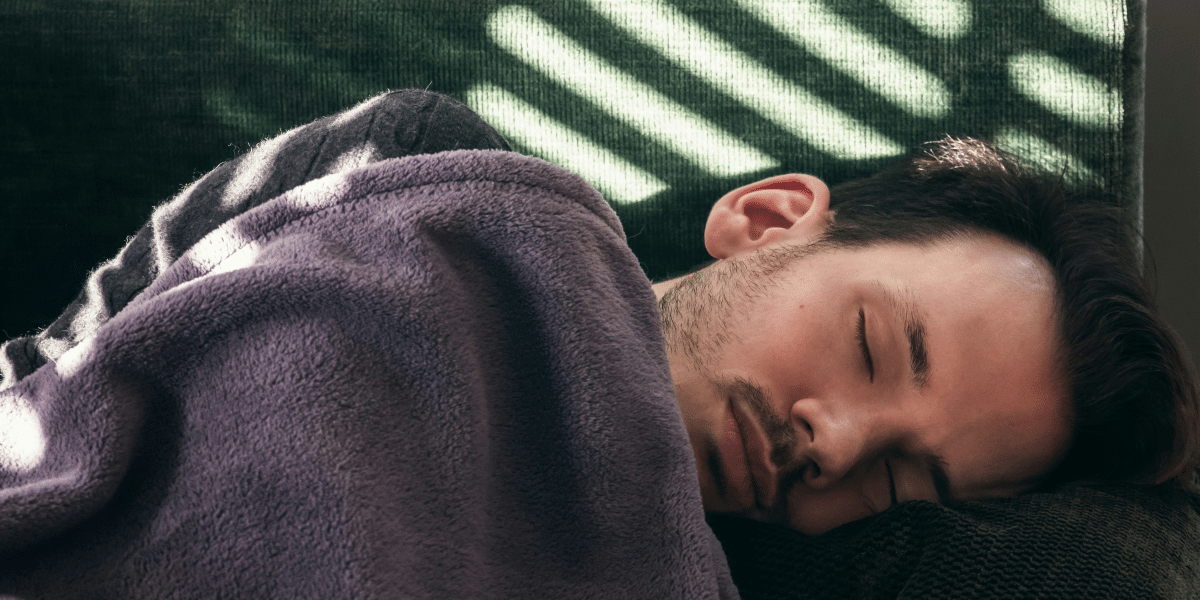When a person has been diagnosed with sleep apnea, the use of CPAP machines, that is, Continuous Positive Airway Pressure, is ideal. This maintains the passage to the lungs during slumber and decreases the incidents of breathing-related hindrances associated with OSA. Though CPAP therapy is one of the most effective interventions, trying it alongside some concrete behavioral modifications can help improve its efficacy and longevity and improve the patient’s quality of life.
Innovative Treatment for Sleep Apnea: The Use of CPAP Machines
CPAP equipment operates by providing a constant stream of either oxygen or regular air through a facial mask that keeps the air passages from closing and causing apnea episodes. This therapy alleviates hypoxemia, decreases daytime somnolence and has the potential to prevent the further development of complications arising from untreated sleep apnea, such as cardiovascular diseases and hypertension. Yet, it has been established that several aspects of the patient’s lifestyle can affect the functionality of CPAP therapy.
Getting into the Right CPAP Therapy Lifestyle
Weight Management: For instance, obesity is known to be a major risk factor for sleep apnea. Obesity, particularly in the neck area, may worsen the degree of airway obstruction. Coupled with a healthy diet and physical activity, some individuals with mild sleep apnea may experience symptom improvement. This means that since weight control can help improve the quality of sleep, it also helps improve the efficiency of the use of CPAP machines. However, it is important to note that CPAP therapy remains an essential treatment for moderate to severe cases, and lifestyle changes should complement, not replace, prescribed therapies.
Healthy Eating: Proper, healthy food intake has health benefits and helps with issues of overweight and obesity. For example, fruits and vegetables, low-fat and lean meats, whole grains, and beans are beneficial. A diet with less substance is also beneficial, especially in the sense that it leads to the shedding of some weight and improved sleep, among other benefits. Moreover, it is appropriate to avoid meals that cause complications, particularly in the evening, as this may lead to complications when sleeping.
Regular Exercise: This is one of the benefits of participating in physical exercise since it helps control body weight and provides better sleep. Physical activity as a whole was reviewed, and it was found that it alleviates and minimizes the effects of sleep apnea, increasing the impact of CPAP therapy. They should take at least 30 minutes of moderate-level exercise most of the weekdays, but intense exercises just before bed may disrupt sleep.
Sleep Positioning: Certain sleeping positions, such as lying on the back, can worsen sleep apnea symptoms. Transitioning to side-sleeping or using positional therapy devices alongside CPAP therapy may help improve treatment outcomes for some individuals.
Avoiding Alcohol and Sedatives: Alcohol and sedatives can potentially lessen the tone of the throat muscles, which can worsen sleep apnea. Some of these substances include nicotine, alcohol, tryptophan, and heavy meals. Reducing or avoiding alcohol and sedatives before bed can help prevent the relaxation of throat muscles, which may worsen sleep apnea. Doing so can enhance the effectiveness of CPAP therapy in managing the condition.
Smoking Cessation: Smoking makes the air passages in the respiratory system prone to inflammation and irritation, hence worsening the symptoms of sleep apnea. Quitting smoking can reduce inflammation in the airways, which may help alleviate some of the symptoms of sleep apnea and improve the overall effectiveness of CPAP therapy. There is help out there for people who are trying to quit smoking, and the benefits of doing so are improved sleep.
Establishing a Sleep Routine: Going to bed and waking up at a fixed time improves the quality of sleep and, therefore, the effectiveness of CPAP therapy. Other ways to help achieve better sleep include setting a good bedtime regimen and environment.
The Synergy Between CPAP Therapy and Lifestyle Changes
Therefore, incorporating lifestyle changes into the use of CPAP machines has a synergistic effect on sleep apnea treatment. For instance, weight loss can improve the severity of sleep apnea for some individuals, potentially allowing for adjustments in CPAP settings. However, CPAP therapy is still crucial for managing moderate to severe cases, and any changes should be made under the guidance of a healthcare provider. As with CPAP therapy, better sleep hygiene and the avoidance of alcohol can increase the quality of sleep achieved.
It is important to remember that follow-up with a doctor and physical therapist is necessary to make any necessary adjustments. A sleep specialist has insights into how one can combine lifestyle modifications with the therapy process of the device and manage any issues that may surface.
Conclusion
A CPAP machine can be considered one of the essential tools for sleep apnea treatment since it provides nighttime support in breathing, but lifestyle changes can also improve the effectiveness of such therapy. Concerning weight management, proper diet and exercise, and other appropriate behaviors, people with sleep apnea can significantly enhance treatment prospects and improve well-being. Thus, the coexistence of CPAP with these changes helps control the manifestations of sleep apnea and allows the patient to maintain a healthy life.
Disclaimer: The information provided in this article is for general informational purposes only and is not intended as medical advice. Readers should consult a qualified healthcare professional before making any health-related decisions. The contents of this article should not be used as a substitute for professional medical advice, diagnosis, or treatment.
Published by: Khy Talara

















